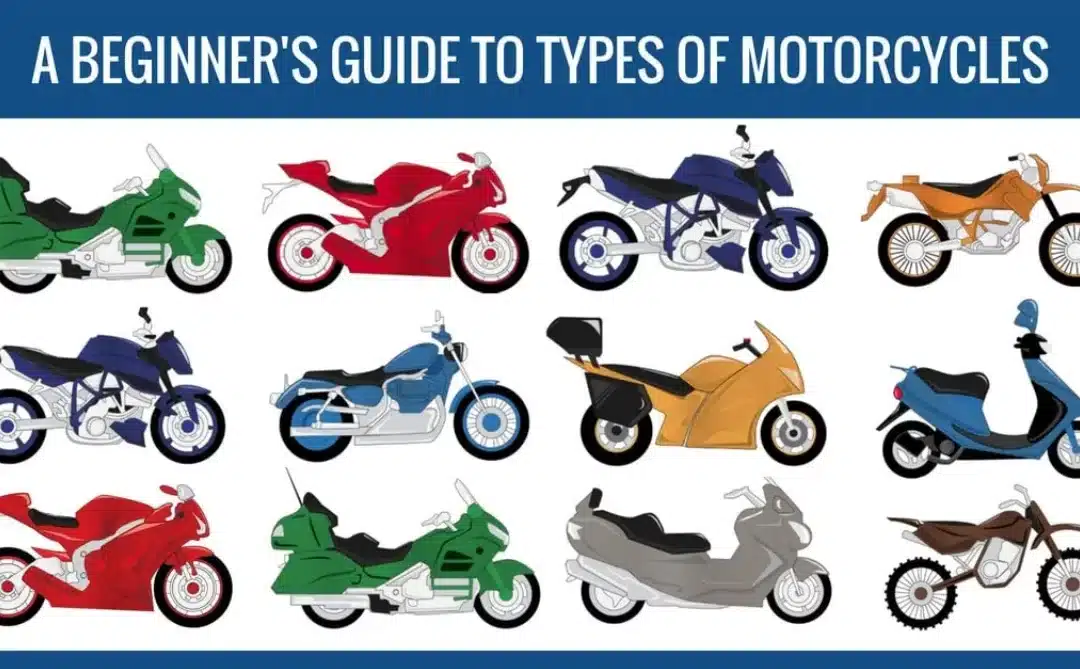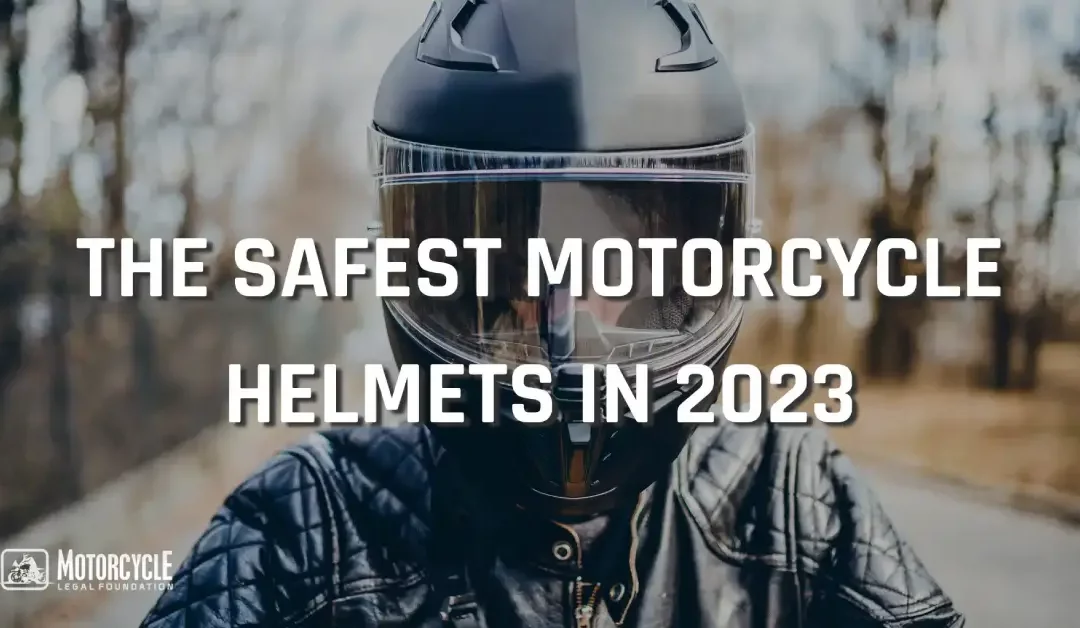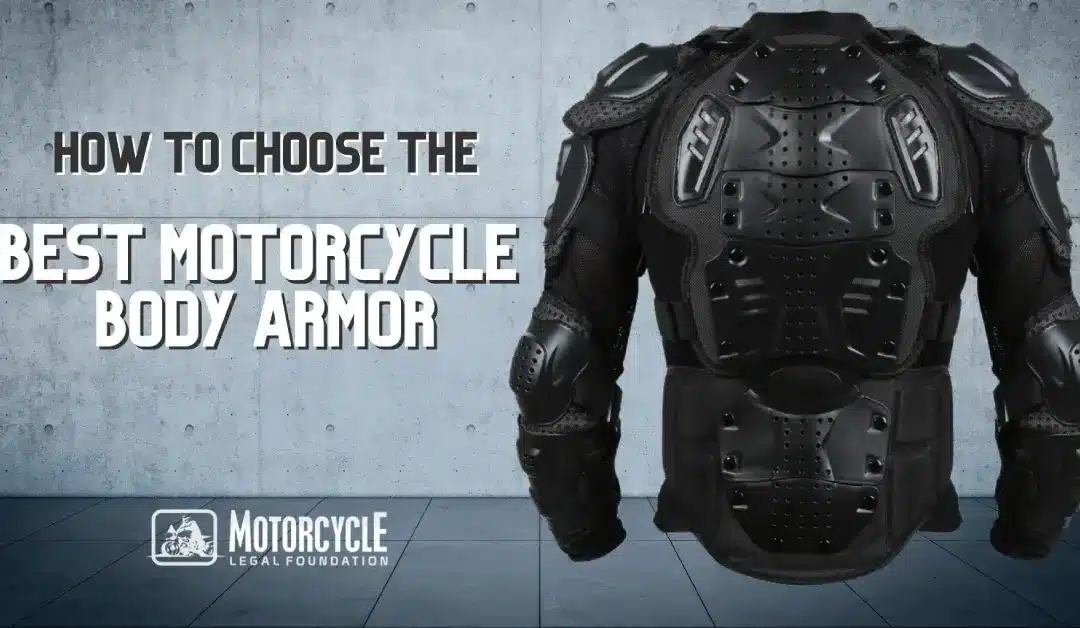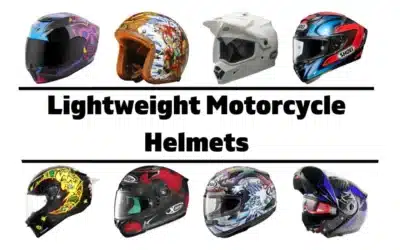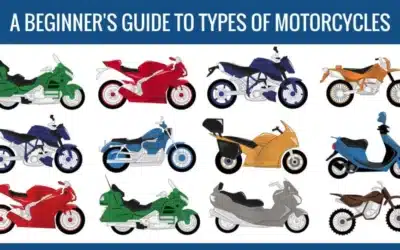One of the great adventures of riding a motorcycle is the option to ride to some place new. New city, new town, new state, or maybe a new country. While each new destination brings excitement, they can also bring confusion along the route concerning helmet use requirements. Should you wear a helmet, are they required, and what happens if you don’t ride one are always a topic of discussion and debate. Finding what the requirements by city or state, and especially in a foreign country, can be hard depending where you look. Great job on wanting to be informed on the helmet laws for the United States, and now let’s dive into the details on where you are required to wear a helmet by law.
Where Can I Ride Without a Helmet Legally?

The motorcycle helmet laws in every state vary between their definitions and regulations. Some require a D.O.T. certified helmet, some just require a helmet for certain aged riders or under certain conditions, and there are a small number that don’t require a helmet period. It can be confusing, so let’s take a look at each condition you may encounter:
- Required by law: Certain states require a helmet to be used on any motorcycle or scooter. You should be wearing a D.O.T. certified helmet, which means it has passed certification testing for impact resistance, penetration, and retention. The standard was recently modified in 2013, so if you have specific question of what’s covered check out the NHTSA website. The certified helmet should have the manufacturer name, model, the text FMVSS218, and D.O.T. on the helmet to signify it’s been certified to meet the safety guidelines. These mandates usually cover both operators and passengers on the motorcycle.
- Required by law with age restriction: Around half of the U.S. states only require a helmet to be used by riders to a certain age. The cutoff age is usually between 17 and 20 years old, and it may or may not be applicable for both the passenger and operator. You’ll need to check which states you can ride in without a helmet if you’re under 21 years old.
- Required by law with conditions: Beyond being able to ride without a helmet based on age, a handful of states require a helmet for everyone regardless of age and add that it must have reflectorization. Reflectorization (also known as being retro-reflective) means that the helmet will have an addition to make it visually catch another motorist’s attention. Street signs and motorcycle gear can also show this feature that makes it appear to glow when directly hit with light. There can be other criteria involved with helmet use, such as having a permit or license, being at a certain skill level, and what medical insurance you have. It’s best to check every state individually to see what laws they have for helmet use.
- Not required: There are just two states that don’t require a helmet on a motorcycle: Iowa and Illinois. They have no restrictions on helmets based on rider or passenger age, insurance level, or any special conditions mandating helmet use.
Should I Ride Without a Helmet?
We continually speak on the mindset and benefits of ATGATT (All The Gear, All The Time), so hopefully this answer is a no brainer. You should never ride without a helmet. In 2015 alone, motorcycle helmets saved an estimated 1,772 motorcyclist lives and an additional 740 lives could have been saved had the motorcyclist been wearing a helmet. That number is similar for most years, and helmets make a dramatic positive difference in rider safety. In most states, even those with no or minimal helmet laws, your medical insurance may not cover your medical costs if you choose to ride without a helmet. It would be best to check with your insurance provider on their coverage.
What Types of Motorcycle Helmets Are There?
- Full Face – The full face helmet offers the most coverage around your head and neck, and is considered the safest type of motorcycle helmet to protect you from potential impact. A distinguishing feature of the full face helmet is the chin bar, which is a key safety feature that many helmets lack. According to an Australian study, the chin encounters 45% of severe impacts during an accident, and only a full face helmet can provide you protection for your chin and jaw.
- Modular (Flip-up) – Modular helmets, also known as flip-up helmets, are a mix between a ¾ helmet and a full face helmet. They are modular because the chin bar and visor can flip up to open the front of the helmet. Materials and fitment are similar to the full-face helmet. They include a visor for eye protection, and occasionally include a secondary internal visor for additional eye protection from the sunlight.
- Open Face ( ¾ helmet) – Open face helmets, also known as ¾ helmet, covers the top back and sides of your head, but leaves your face exposed. They are popular amongst scooters, cafe racers, tourers, and cruisers. The distinguishing feature of a ¾ helmet is the lack of a chin bar, which significantly reduces the safety of the motorcycle helmet, as it leaves your face exposed.
- Half helmet – Half helmets only covers the top of your head and the area from your forehead to your brows. It will provide minimal protection. Some may offer a bit more coverage on the back of your neck and ears, but leaves the rest of your face exposed.
- Off-road (dirt bike, motocross, or MX helmet) – Off-road helmets are designed just as their name suggests, to ride on dirt roads or off the paved roads. They aren’t the best option for city and highway use, but ideal for places where knobby tires are a requirement. They are equipped with a larger visor and more accentuated chin bar for better airflow. They typically are designed for maximum protection, minimum weight, and flowing ventilation for riding during the warmer months.
- Dual-sport (crossover, ADV, hybrid, enduro) – Dual sport helmets are a mix between an off-road helmet and a full face helmet. It has an exterior styling similar to an off-road helmet with a large visor and lower chin bar, but offer more interior padding and comfort similar to a full face helmet. These are meant to be a halfway point between each style, as they are designed to be used both on the road and off-road.
Do Helmets Really Work?
By now you should know that wearing a helmet on a motorcycle is dramatically safer than riding without. Helmets reduce the chance of a fatality, and 1,700 riders every year can thank a helmet for preventing them from losing their lives in an accident. We understand that looking for your first helmet, or looking for a new helmet, can be a tough decision. We have an extensive article on helmet choices here.
When deciding on the type of motorcycle helmet that best fits your riding style, it’s important to find one that meets motorcycle helmet safety standards. In the United States, a D.O.T. (Department of Transportation) helmet is most likely required by law in your state. In order for it to be sold in the US, it must have the DOT certification at minimum. There are additional organizations that offer additional safety certifications that are similar in what they test on each helmet. There are minimal variations on the certification values to meet or exceed for impact forces, energy distribution, and retention of the rider’s head. If you choose to wear a helmet, and you should be wearing one following the ATGATT mindset, make sure it meets the testing standard or goes beyond what is required for your location.
There isn’t a benefit or a good reason to not wear a helmet. Statistics show that helmets save lives. They prevent injuries. They reduce accident costs and lingering recovery. It all boils down to personal preference, and hopefully after researching the subject, you agree that riding without a helmet in an unneeded risk that you should never take.


